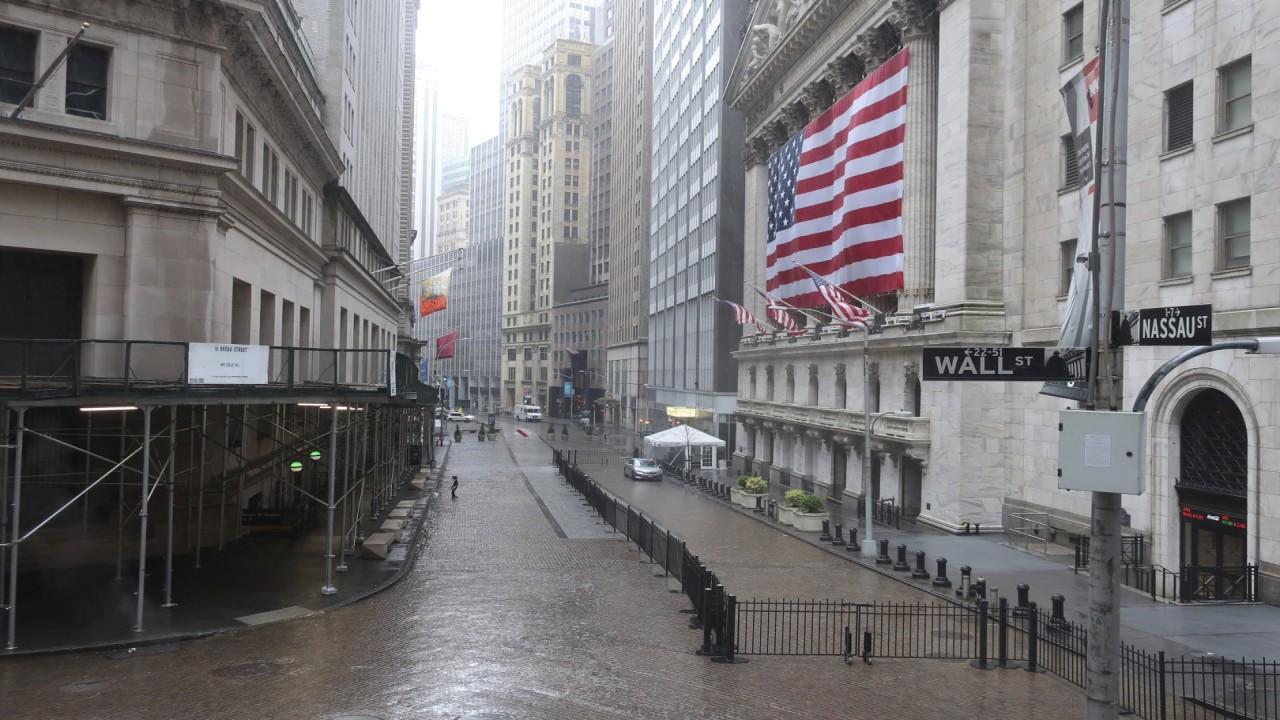Stock market shows weakness of coronavirus rally
'The market has probably overpriced optimism going forward'
Get all the latest news on coronavirus and more delivered daily to your inbox. Sign up here.
The S&P 500 has been stuck in a critical trading range as investors digest the economic fallout of actions taken to slow the spread of the COVID-19 pandemic and their effect on corporate earnings.
The benchmark index has struggled to break through key resistance at levels around 2,800 and 3,027. At the same time, it has maintained critical support near 2,720, according to Bank of America. Overhead resistance occurs at levels where a large number of sellers emerge, while underlying support materializes at an area where a large number of buyers congregate.
Breadth, a key signal of stock-market strength that measures the number of stocks participating in a rally, shows the current rebound is far weaker than the comeback after a sharp selloff at the end of 2018.
“The S&P 500 may be floating like the butterfly with much weaker breadth for NYSE stocks in April 2020 vs. January 2019,” wrote Stephen Suttmeier, technical research strategist at Bank of America.
OIL TANKERS FILL UP AS CORONAVIRUS CRUSHES CRUDE DEMAND
In the first 23 days of the rally off the March low, there was an average of 174 daily net advances, compared with 486 during the rally that began at the end of December 2018. The discrepancy is a sign that “market breadth for the NYSE is much weaker now vs. then,” Suttmeier wrote.
Furthermore, the advance-decline line, a measure of breadth and volume, for the 15 most active U.S. stocks by share volume has made “little progress” since the March low, according to Suttmeier. The failure of this “big money indicator” to make a new high after the S&P 500 breached its April 9 peak is a “bearish divergence for U.S. equities," he warned.
| Ticker | Security | Last | Change | Change % |
|---|---|---|---|---|
| SP500 | S&P 500 | 6963.74 | -13.53 | -0.19% |
The indicator is the latest ammunition that bearish investors can cite as evidence the rally off the March low has run out of steam.
“The market has probably overpriced the optimism going forward,” Raoul Pal, former hedge fund manager and co-founder and CEO of financial media company Real Vision Group, told FOX Business’ Stuart Varney on Tuesday.
Pal says countries including China, South Korea, Singapore and Japan that have returned to work have seen economic output reduced because demand is weaker. As a result, he fears GDP growth could be negative for “longer than we think.”
CLICK HERE TO READ MORE ON FOX BUSINESS
David Rosenberg, chief economist and strategist at Toronto-based Rosenberg Research, warned in a note to investors on Tuesday that in a “best-case” scenario, earnings and the S&P 500 will take “years to recover” from the deflationary output gap currently taking hold. He said “bullish investors who believe ‘normalized’ future profits will not be impaired” are mistaken.
While most investors are debating whether the lows are in for the S&P 500, Rosenberg says they should instead be asking when the market will return to its highs.
He points to 1929, 2000 and 2007, when it took “a very long time” to reclaim the highs.




















